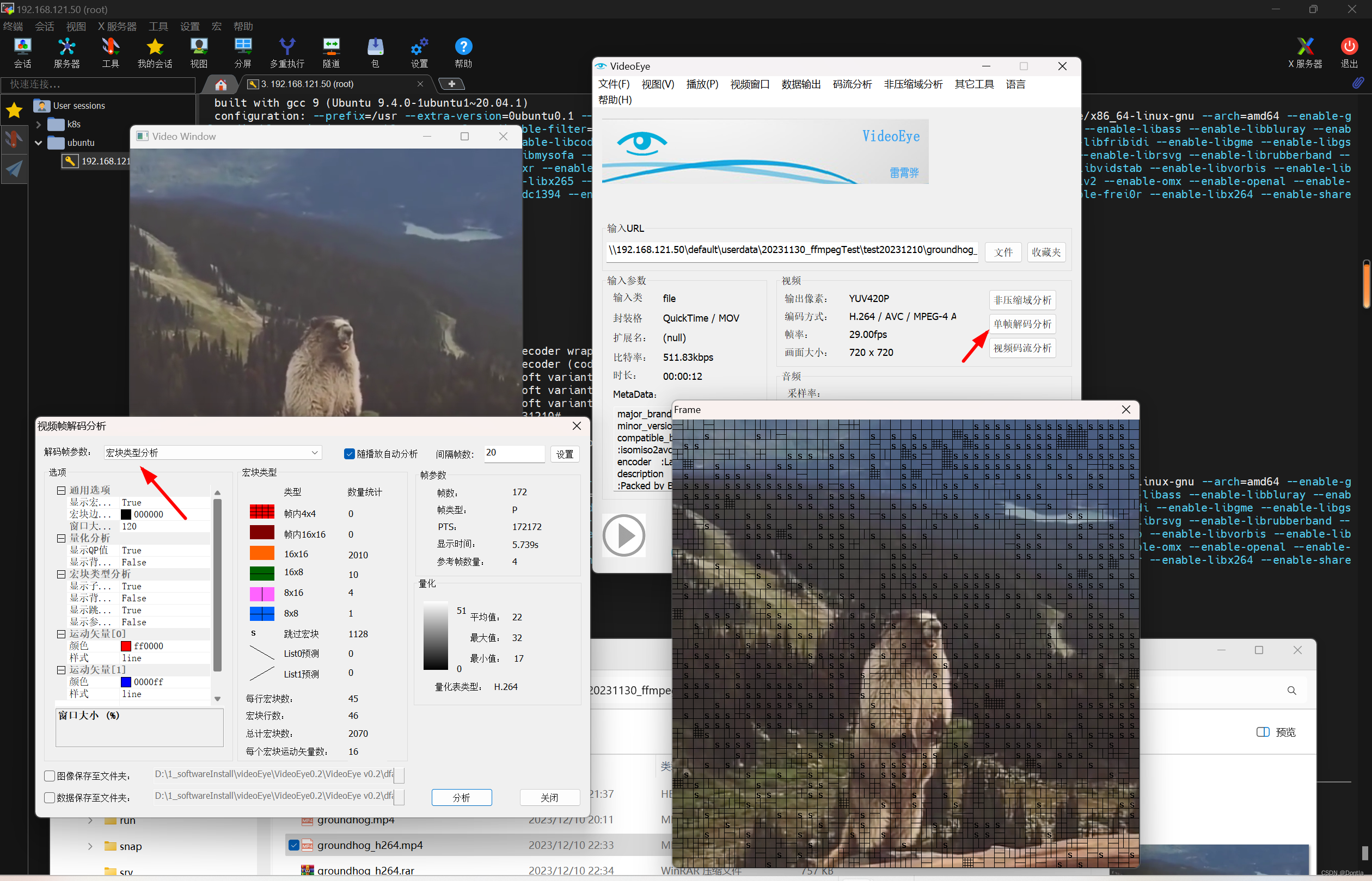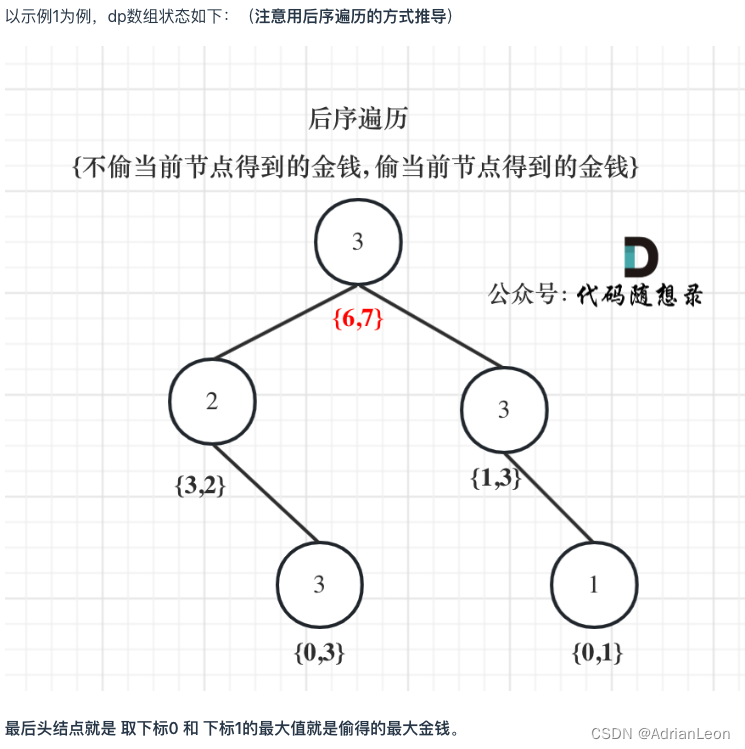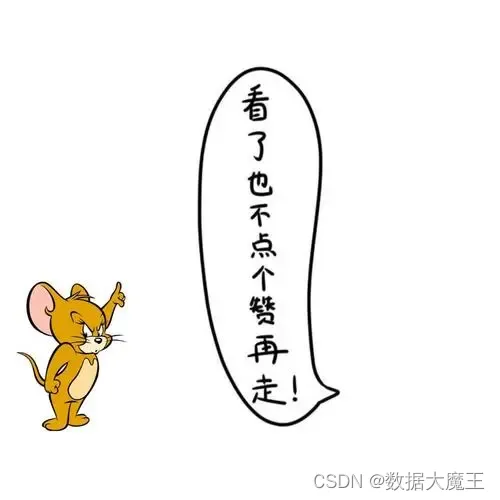import pandas as pd
import numpy as np
import matplotlib.pyplot as plt
data_path = '/home/py/Work/labs/data/SD.csv' # 请确保您的数据文件路径是正确的
df = pd.read_csv(data_path)
df.head()
# 创建散点图
# 创建散点图
plt.figure(figsize=(10, 6))
plt.scatter(df['成本'], df['价格'], color='blue', label='Data Spot')
plt.title('Cost vs Price')
plt.xlabel('Cost')
plt.ylabel('Price')
plt.legend()
plt.grid(True)
plt.show()
plt.savefig('test.jpg')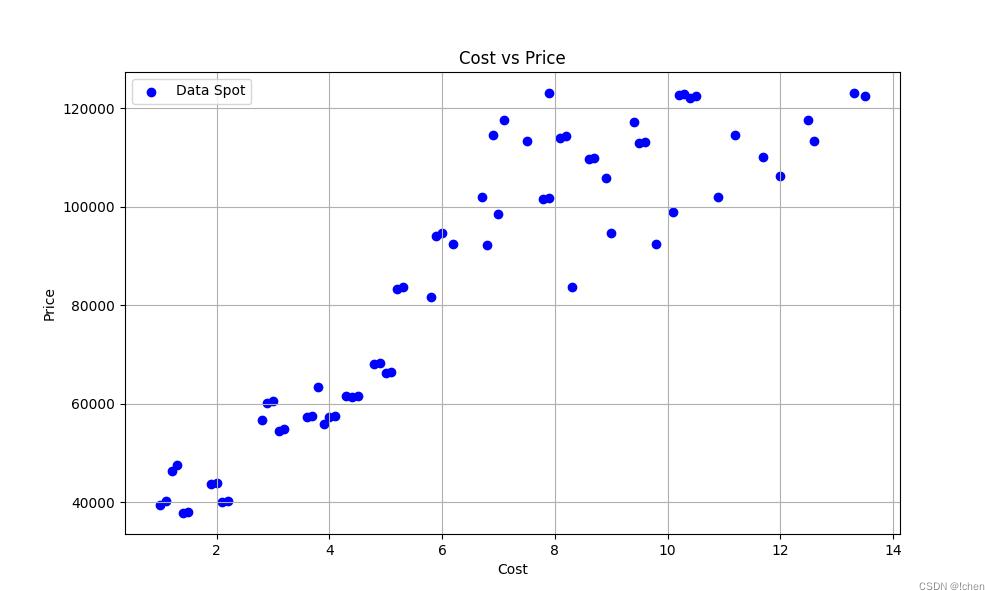 实现梯度下降算法来优化线性回归模型的参数
实现梯度下降算法来优化线性回归模型的参数
def gradient_descent(X, y, learning_rate=0.01, iterations=100):
"""
实现梯度下降算法来优化线性回归模型的参数。
"""
m = len(y)
X = np.hstack((np.ones((m, 1)), X)) # 添加一列 1 作为偏置项
theta = np.zeros(X.shape[1])
loss_history = []
for _ in range(iterations):
predictions = X.dot(theta)
errors = predictions - y
gradient = X.T.dot(errors) / m
theta -= learning_rate * gradient
loss = np.mean(errors ** 2) / 2
loss_history.append(loss)
return theta, loss_history# 准备数据
X = df[['成本']]
y = df['价格']
# 使用梯度下降优化参数
theta, _ = gradient_descent(X, y, iterations=1000)
# 绘制回归拟合图
plt.figure(figsize=(10, 6))
plt.scatter(X, y, color='blue', label='Data Spot')
plt.plot(X, theta[0] + theta[1] * X, color='red', label='Fitting line')
plt.title('Cost vs Price')
plt.xlabel('Cost')
plt.ylabel('Price')
plt.legend()
plt.grid(True)
plt.show()
# 显示回归方程
print(f"The regression equation is: Price = {theta[0]:.2f} + {theta[1]:.2f} * Cost")

# 分析迭代次数对性能的影响
# 分析迭代次数对性能的影响
iteration_counts = [50, 100, 200, 500, 1000,2000]
losses = []
for iterations in iteration_counts:
_, loss_history = gradient_descent(X, y, iterations=iterations)
losses.append(loss_history[-1])# 绘制结果
plt.figure(figsize=(10, 6))
plt.plot(iteration_counts, losses, marker='o')
plt.title('Loss vs. Iteration')
plt.xlabel('Iterations')
plt.ylabel('Loss Value')
plt.grid(True)
plt.show()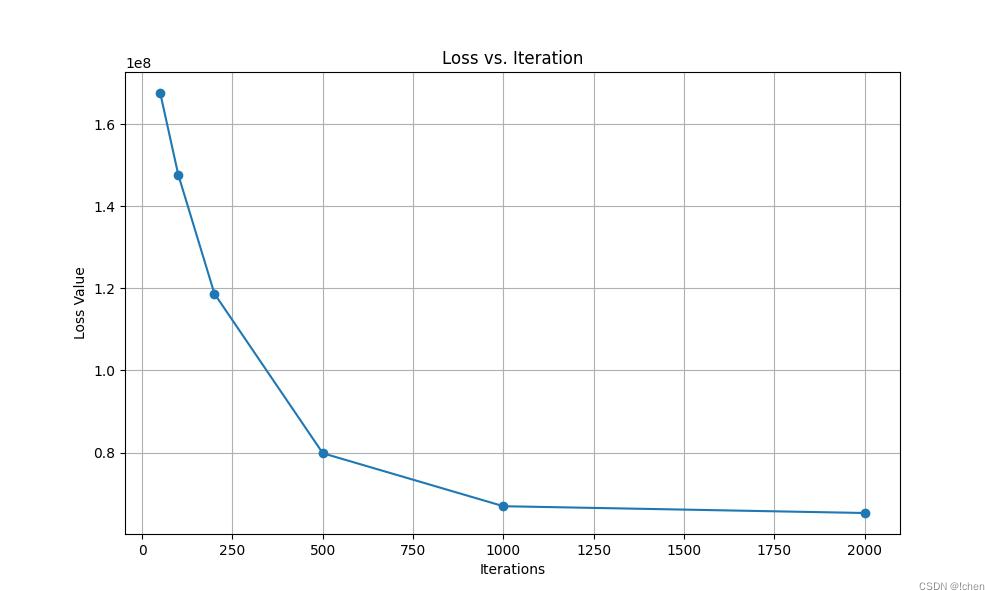

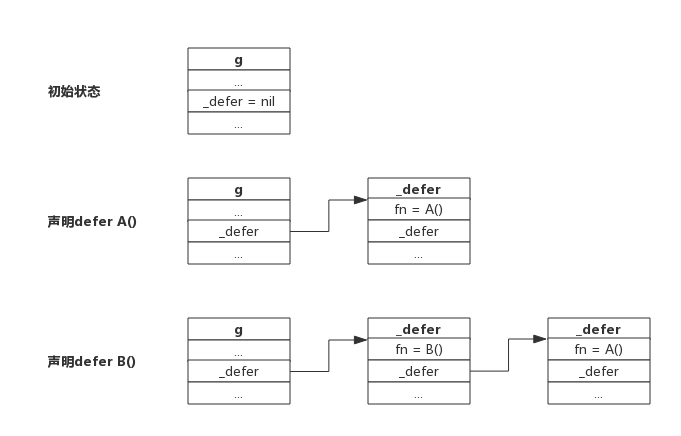


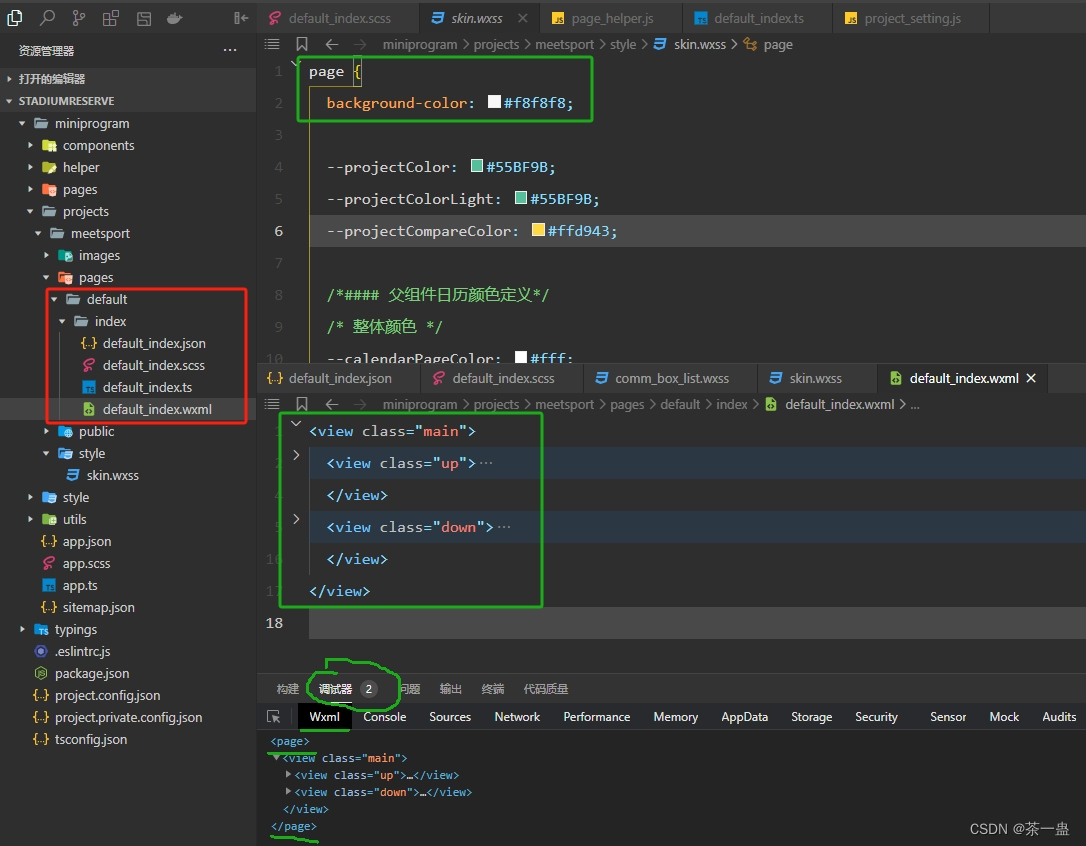
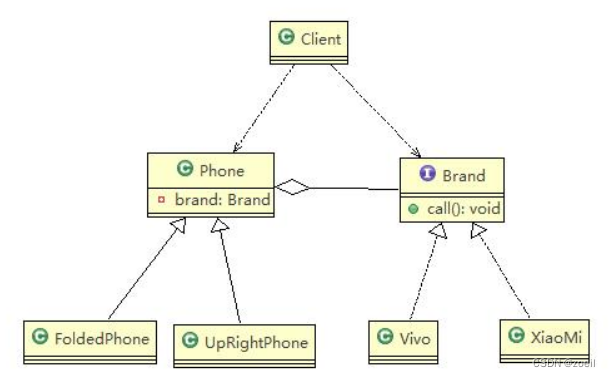




![[x86汇编语言]从实模式到保护模式第二版](https://img-blog.csdnimg.cn/direct/67e3fd5375e04f8185886f19d4cd5ada.png)
